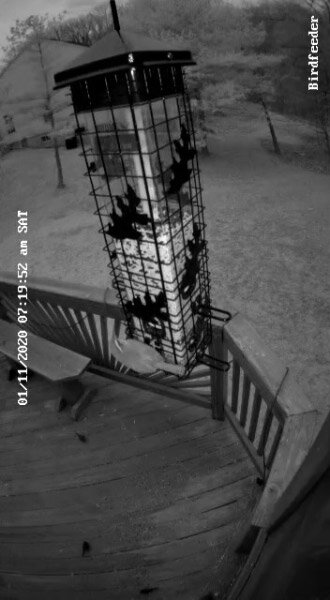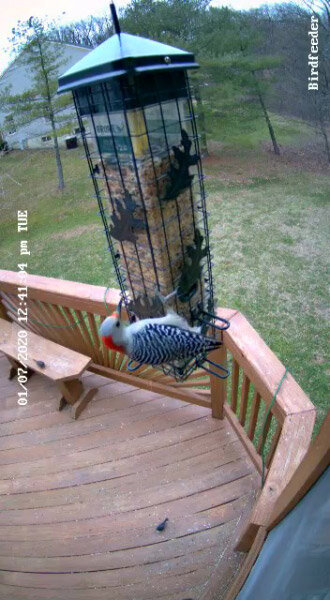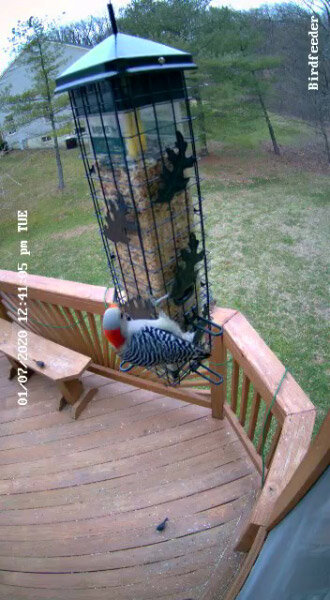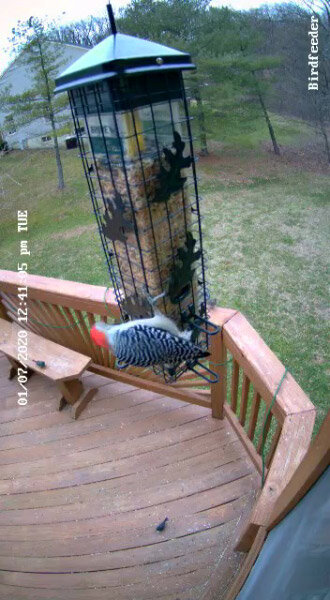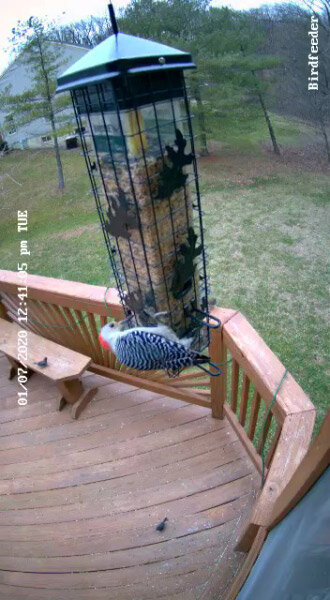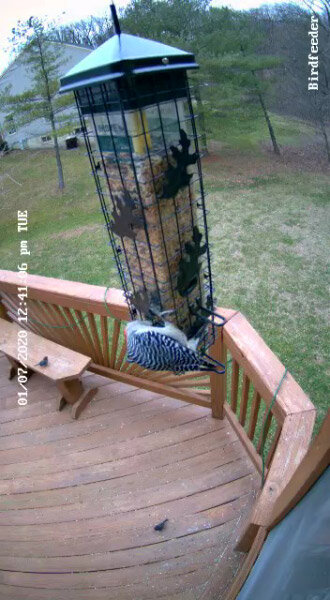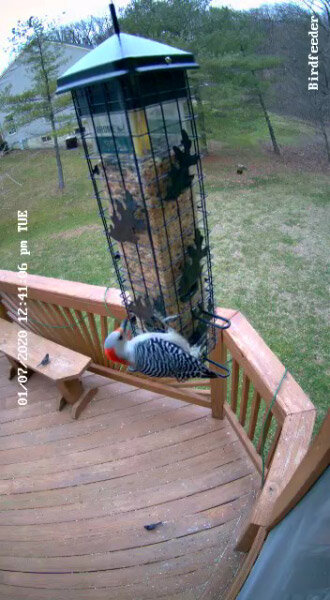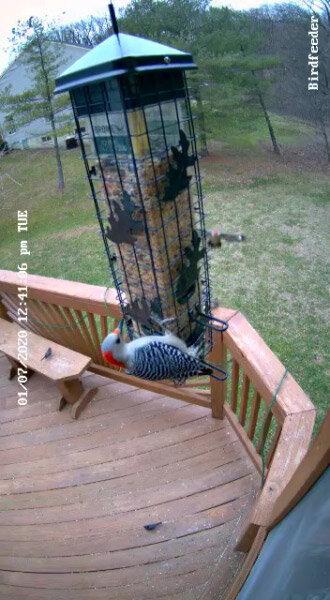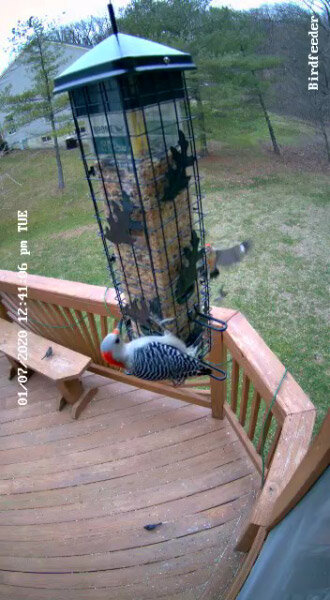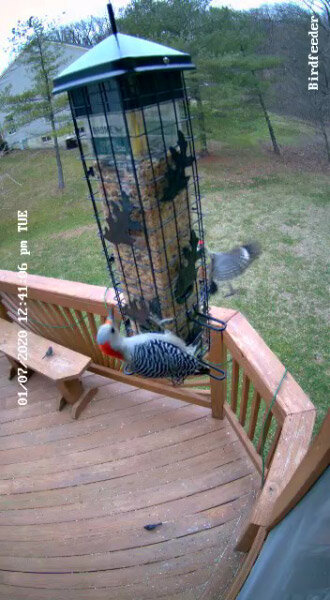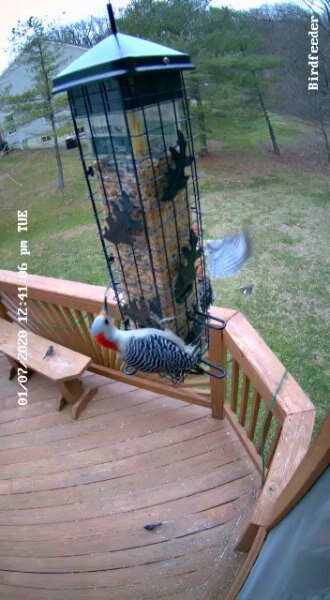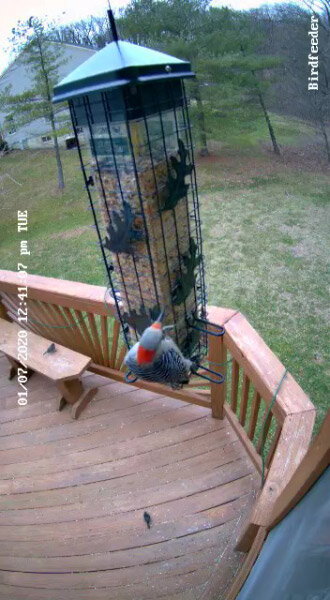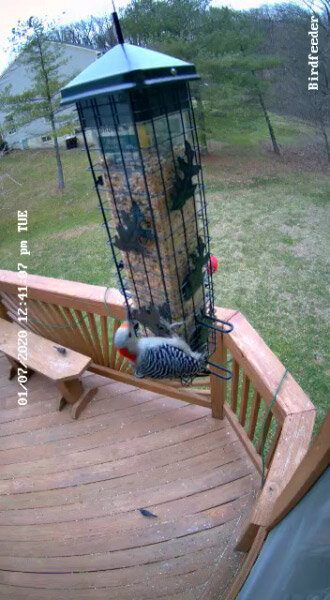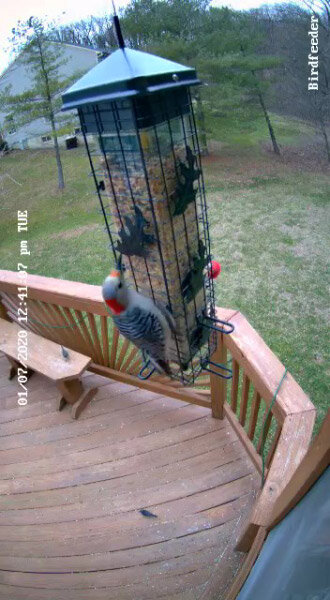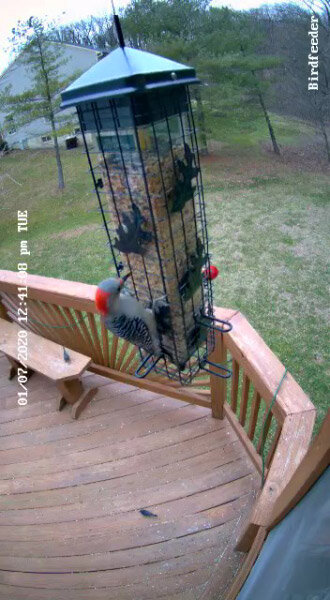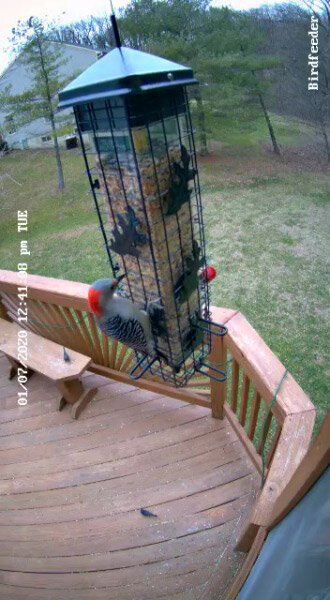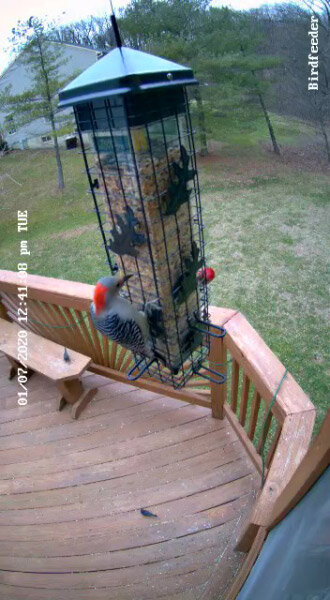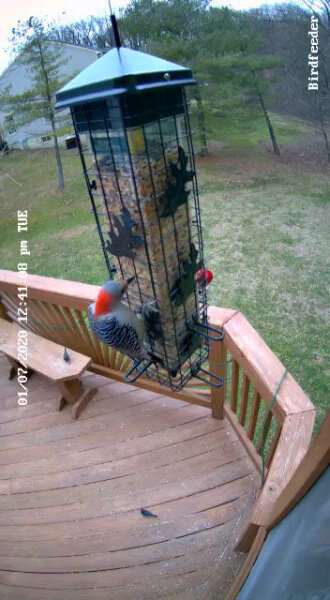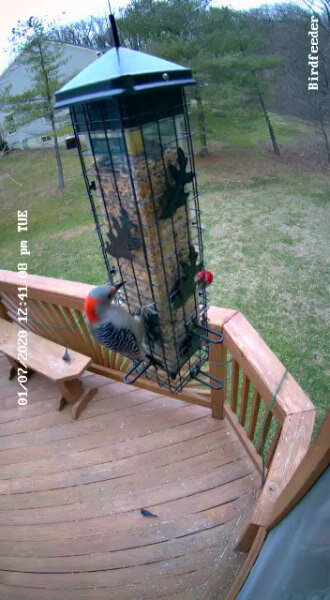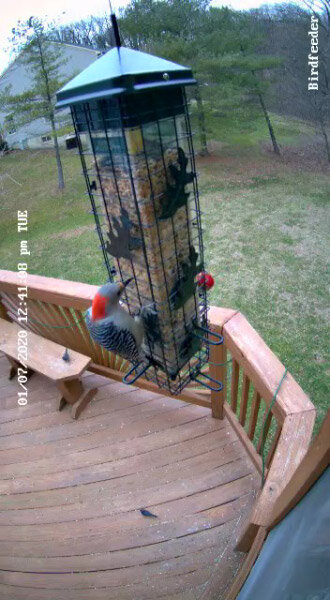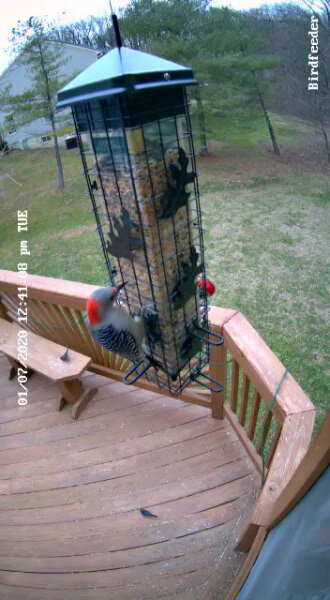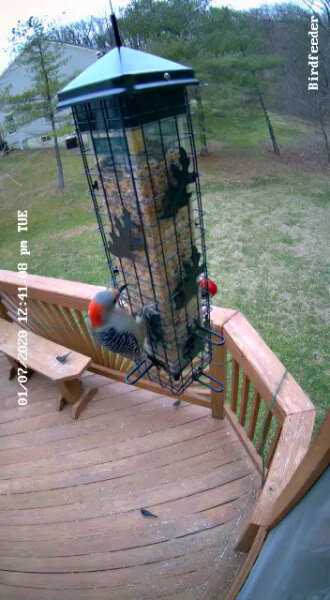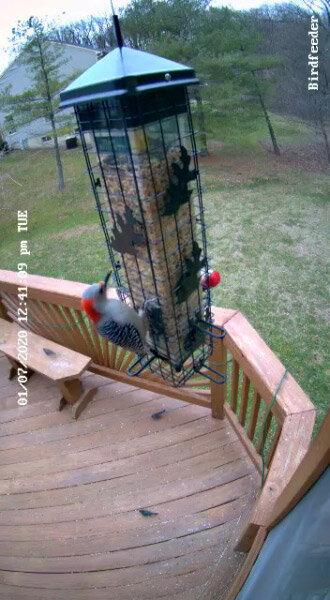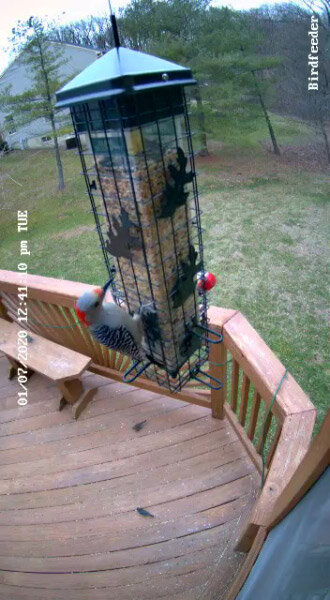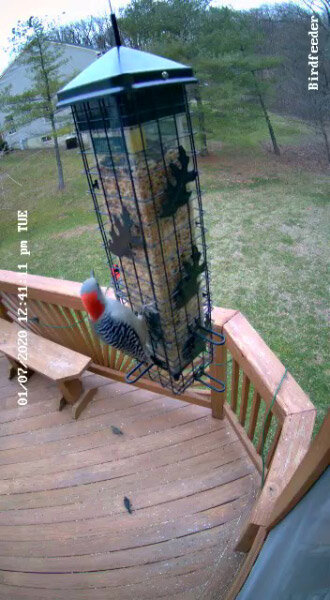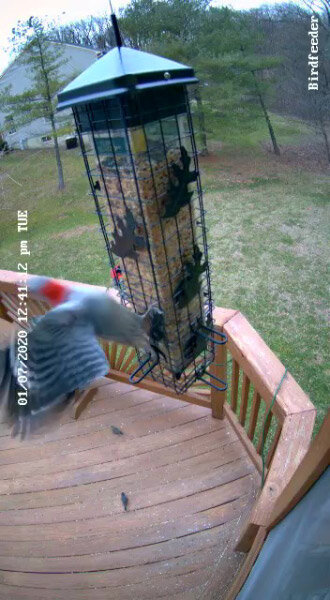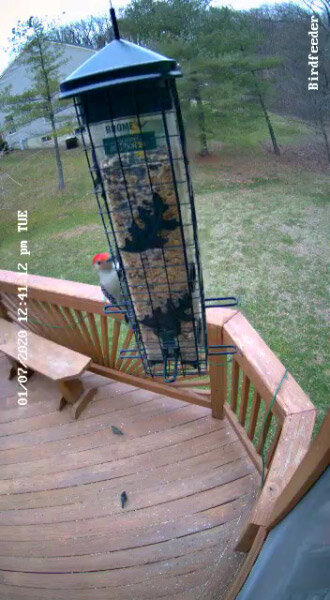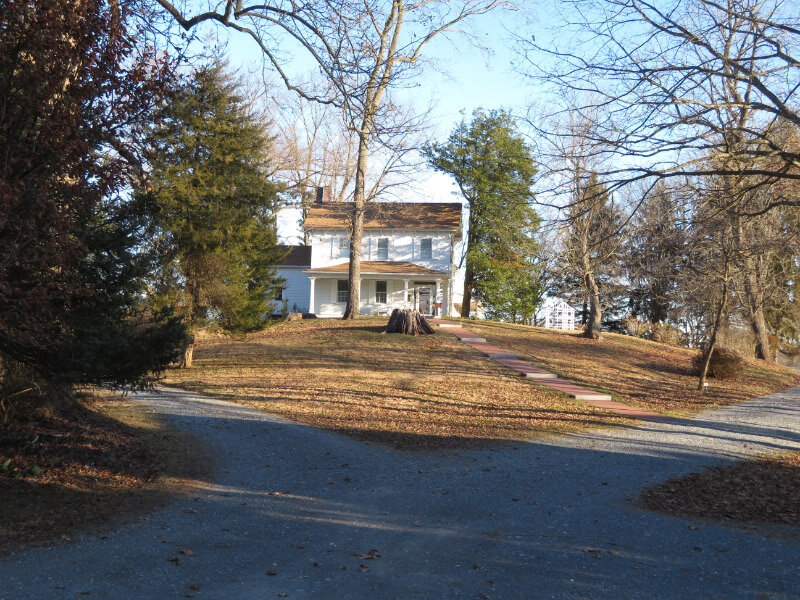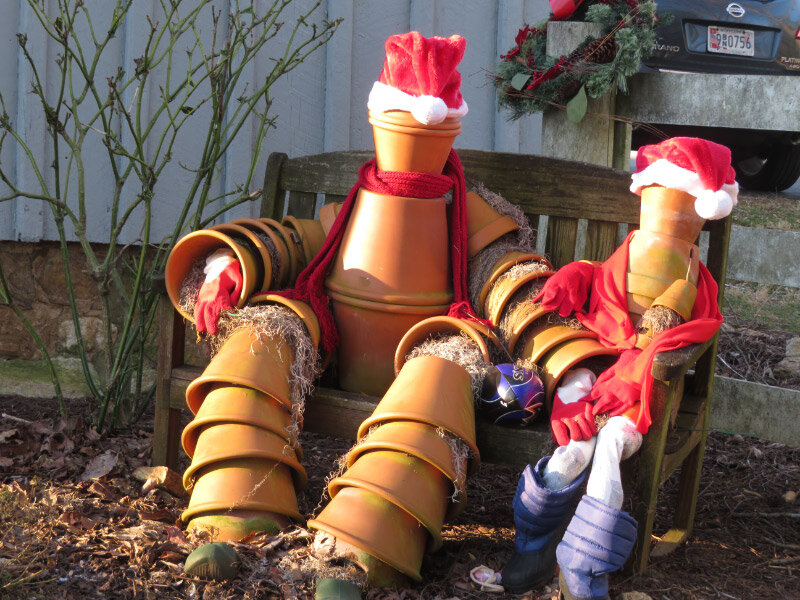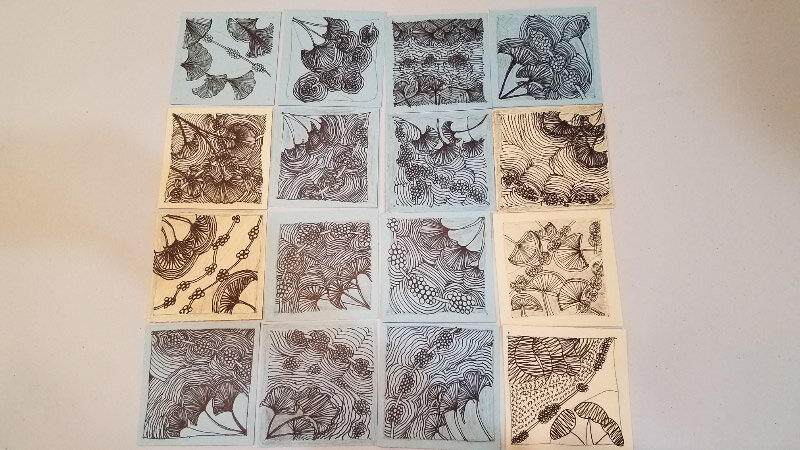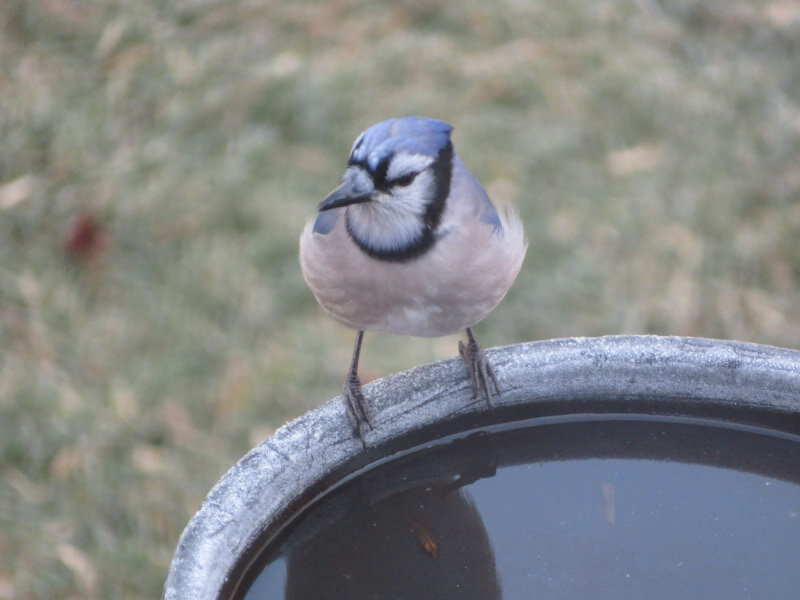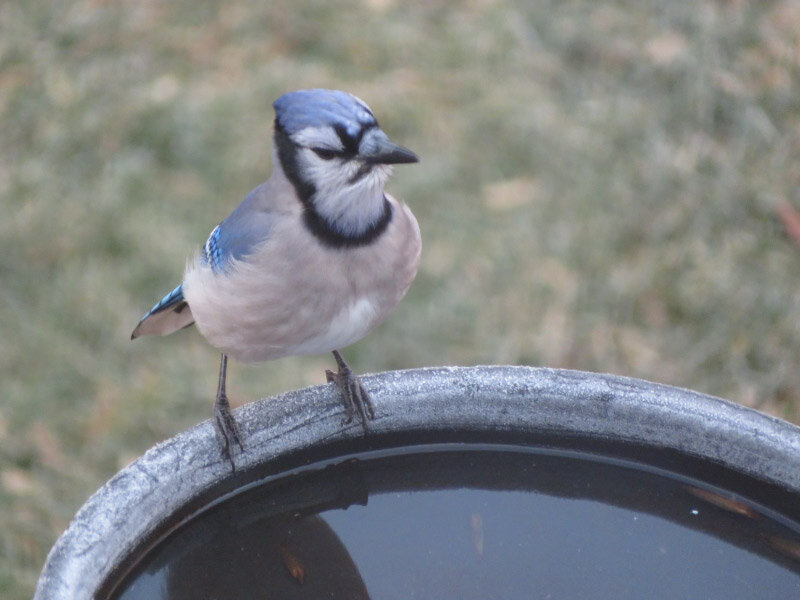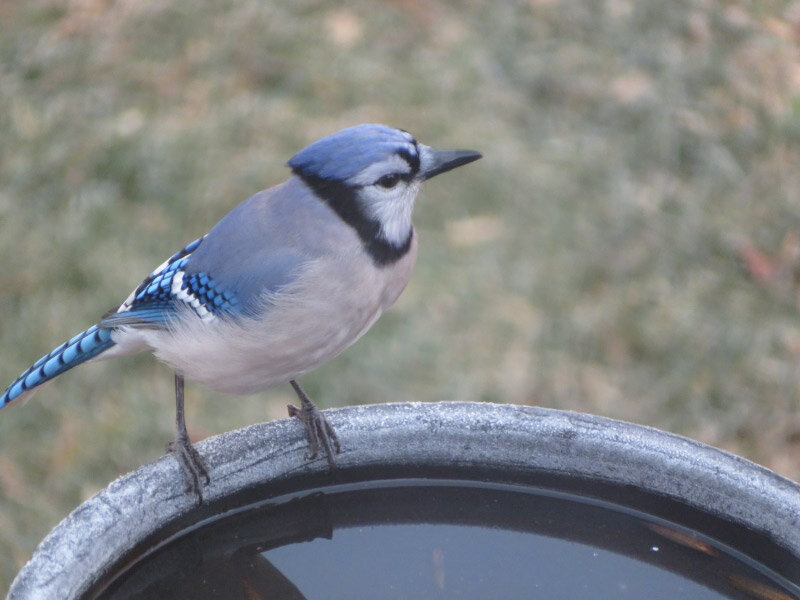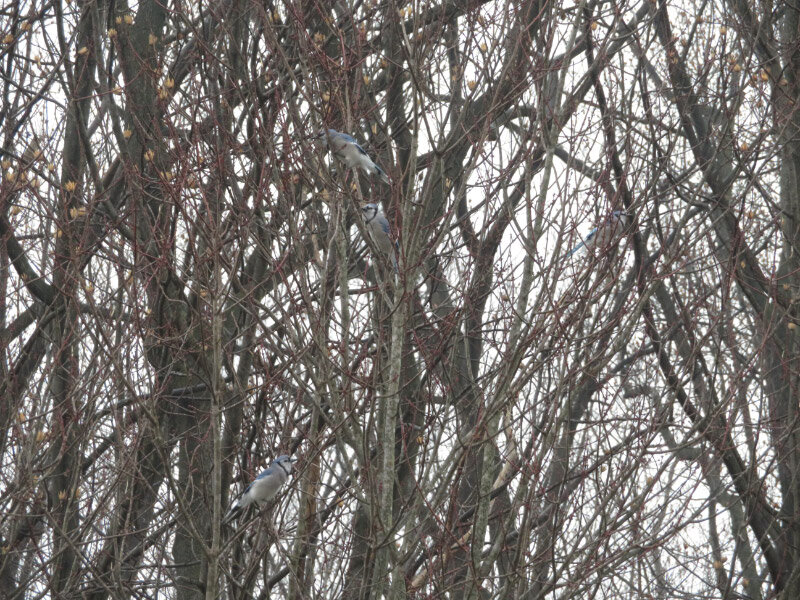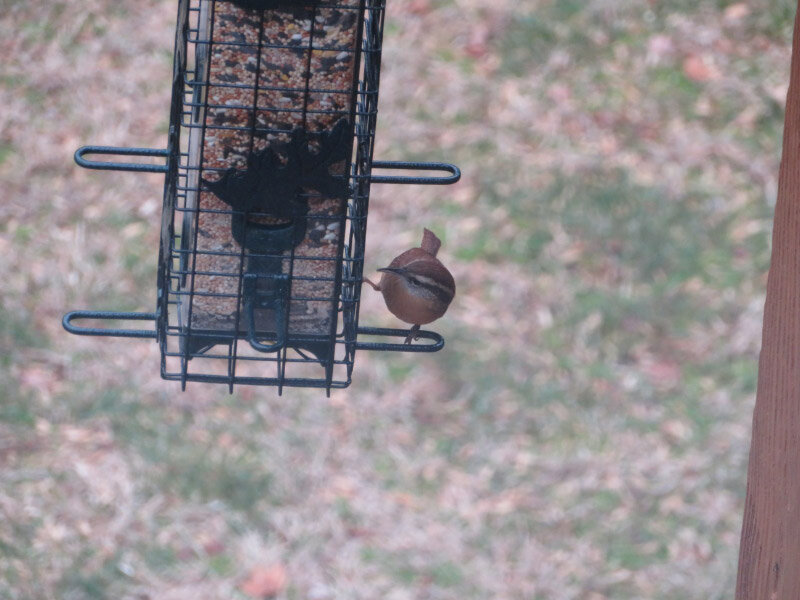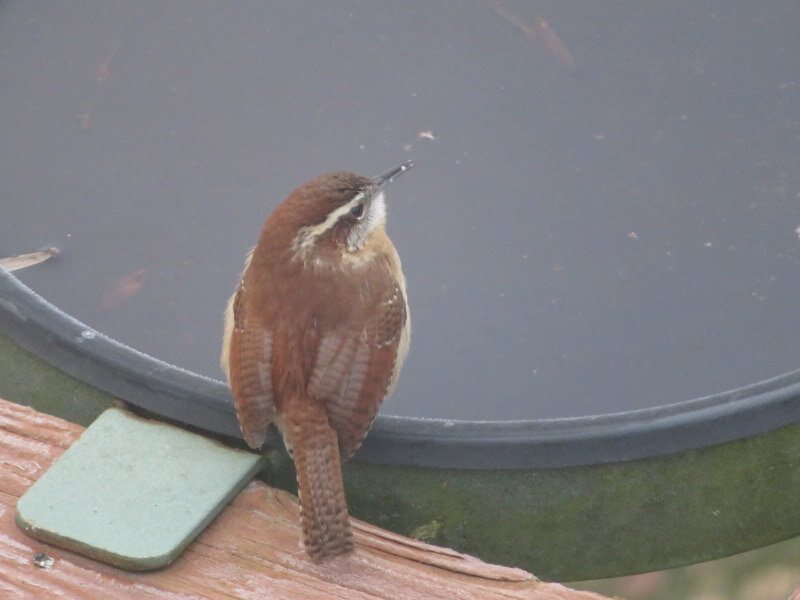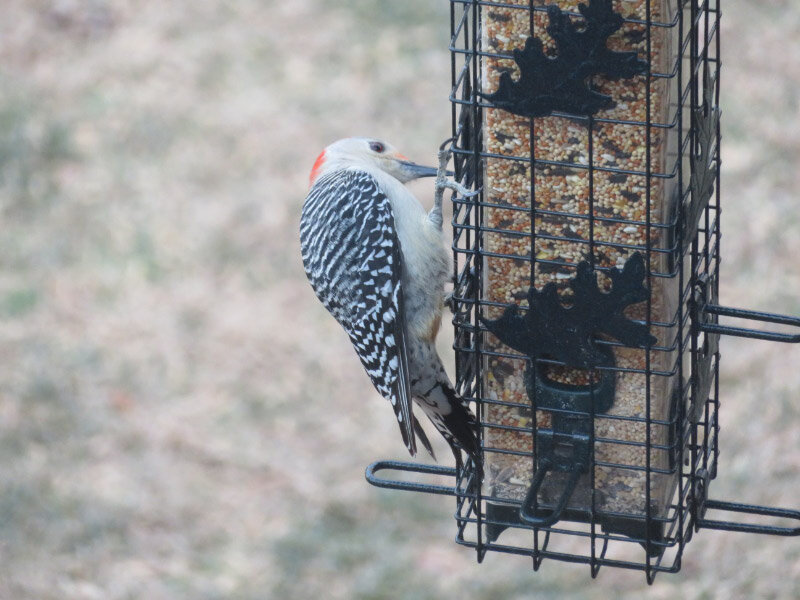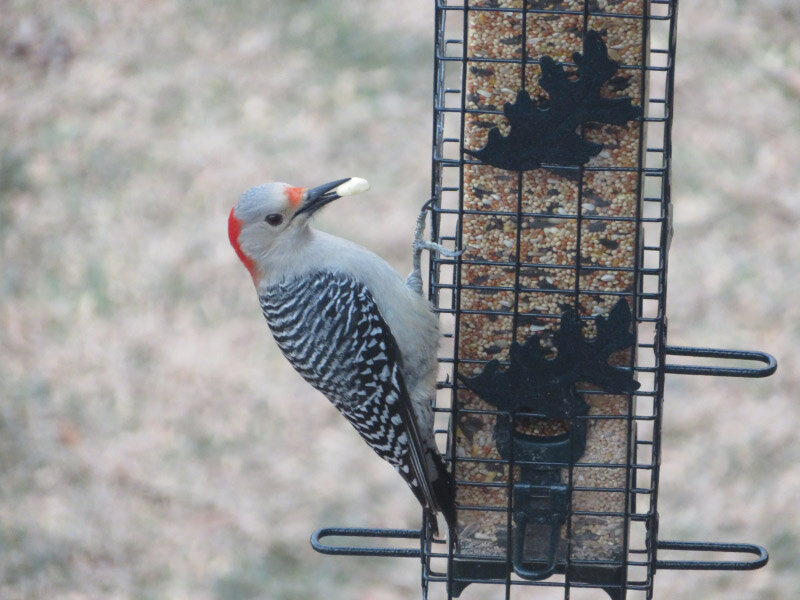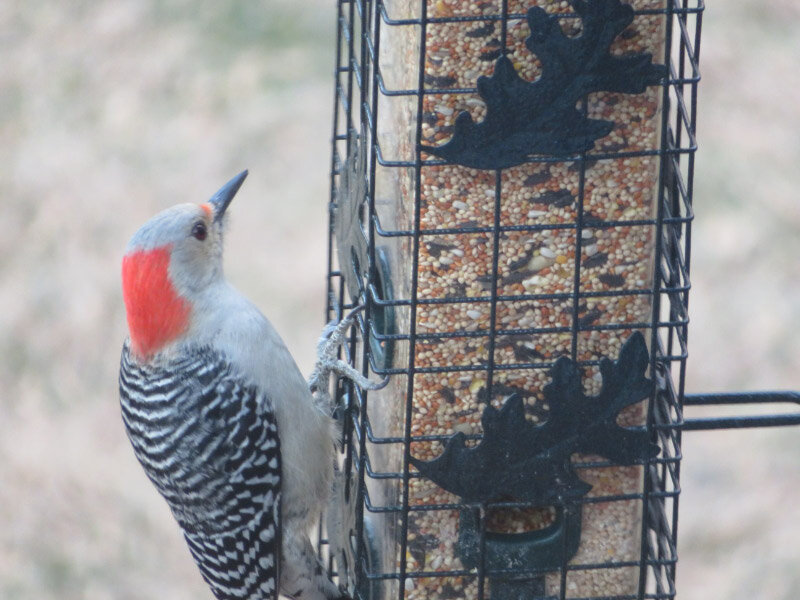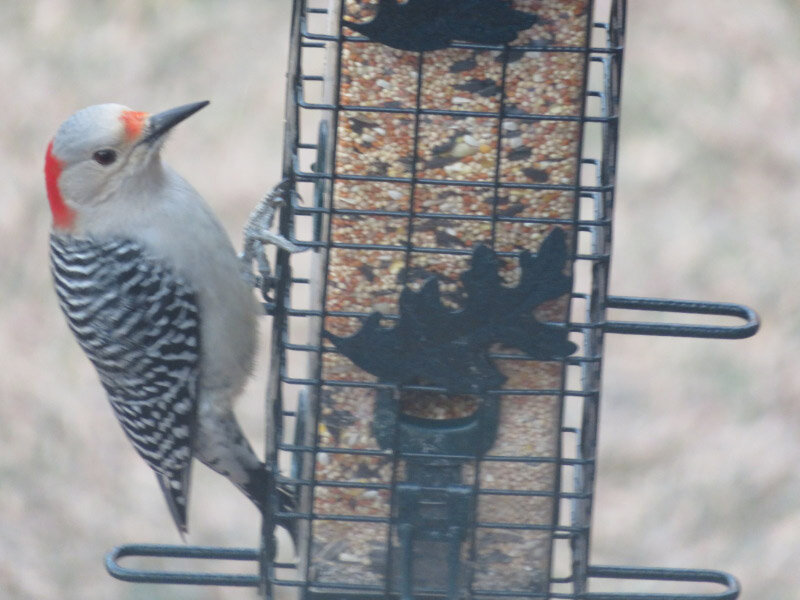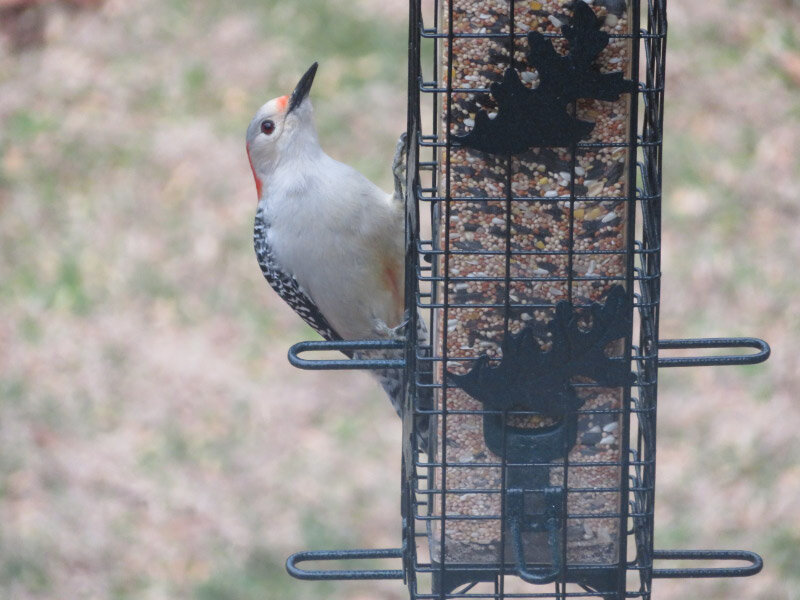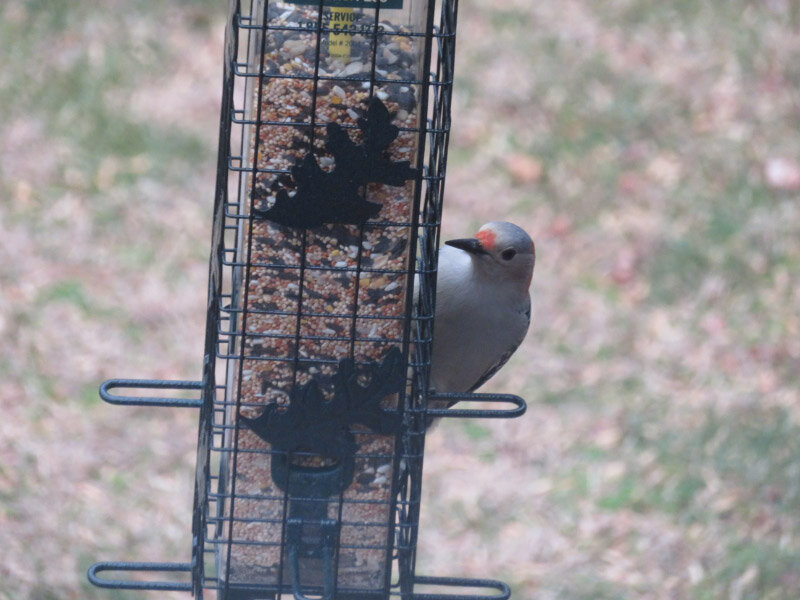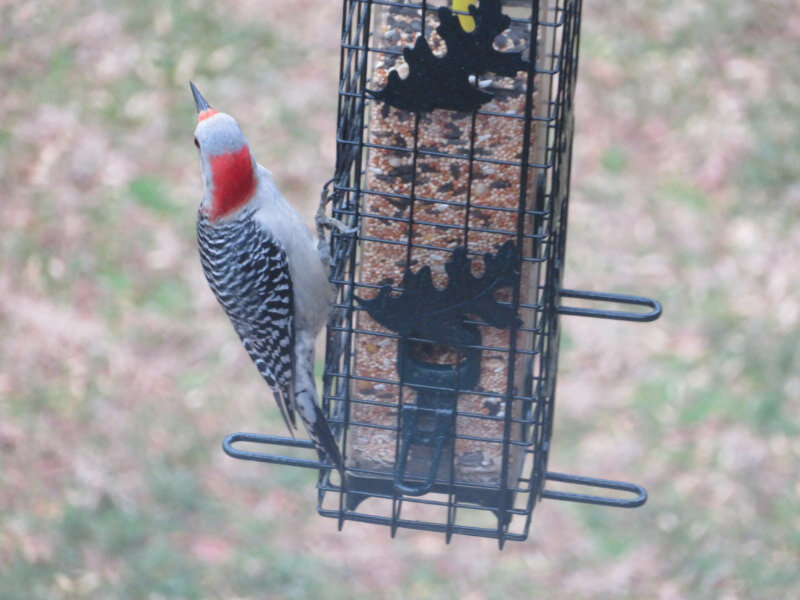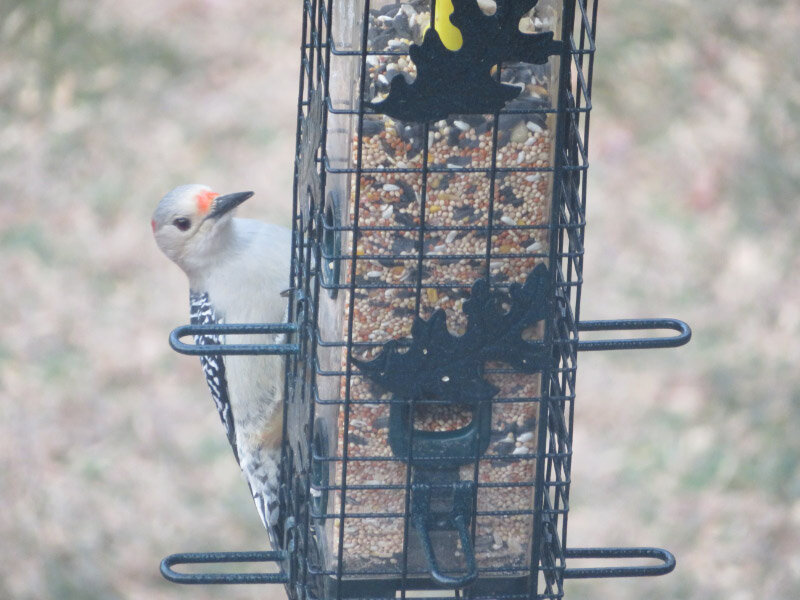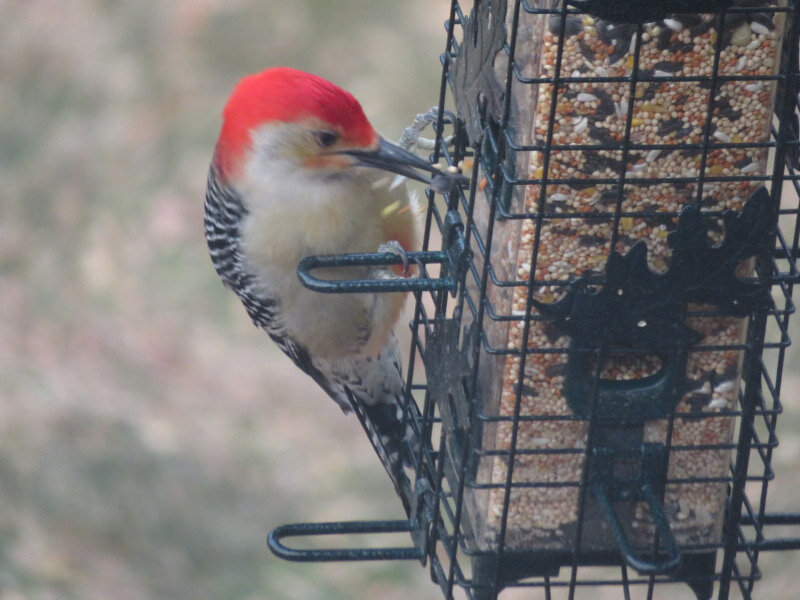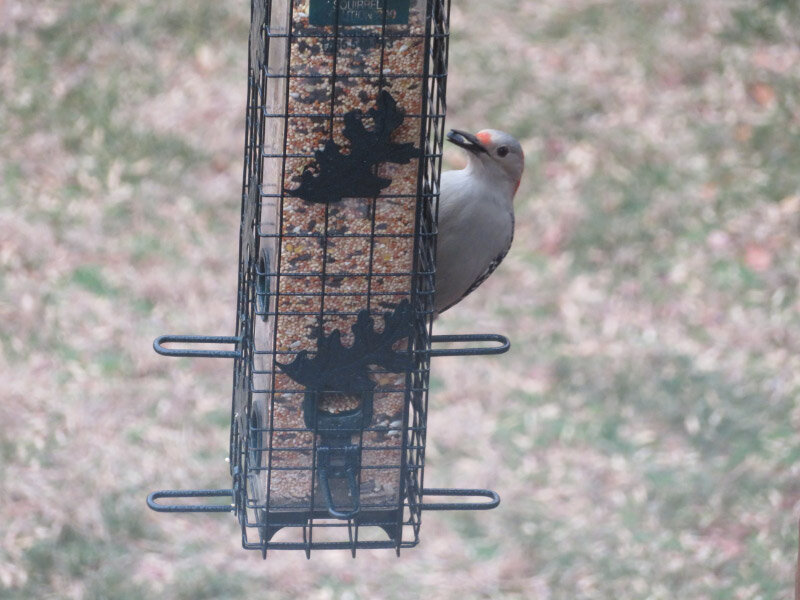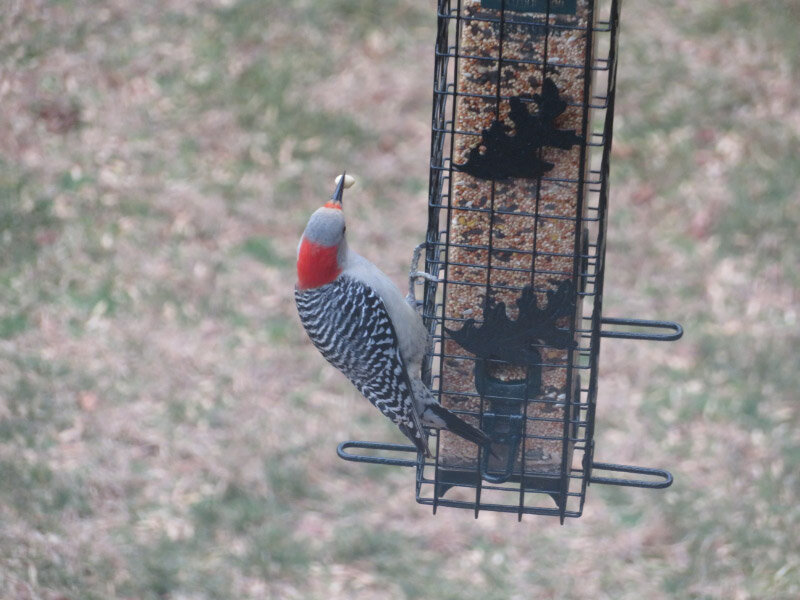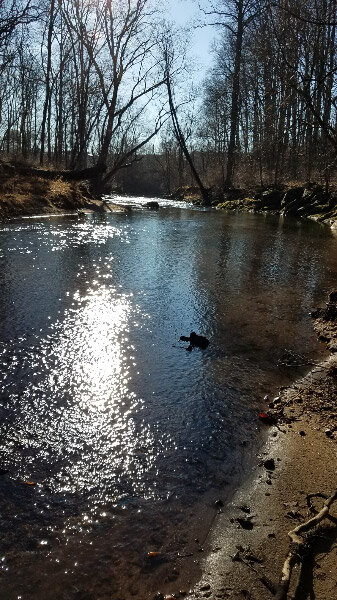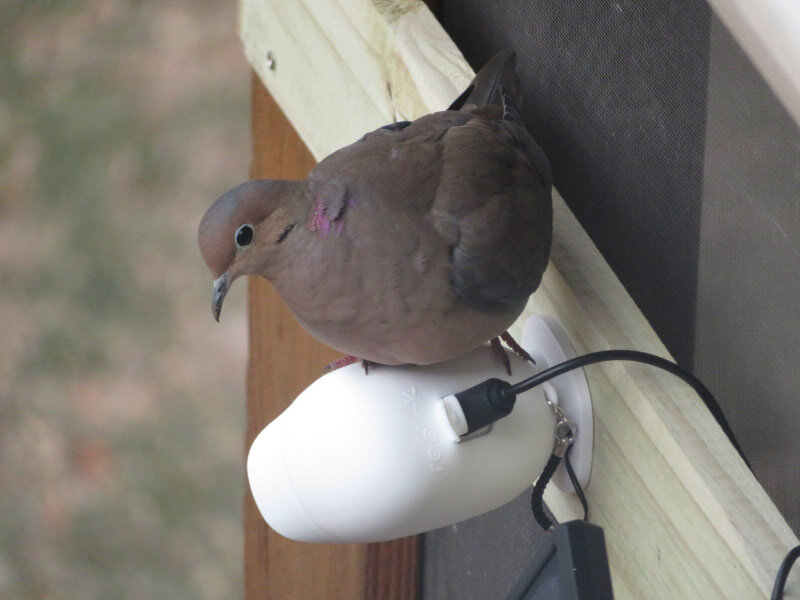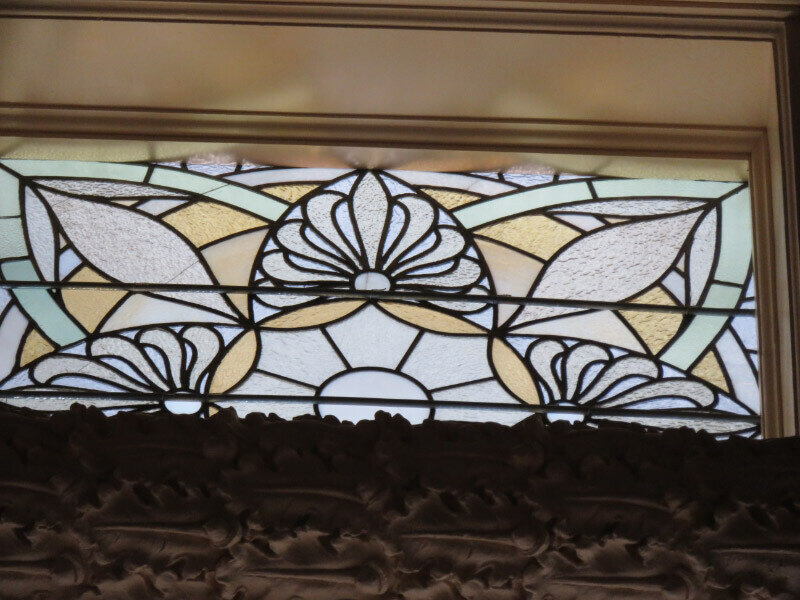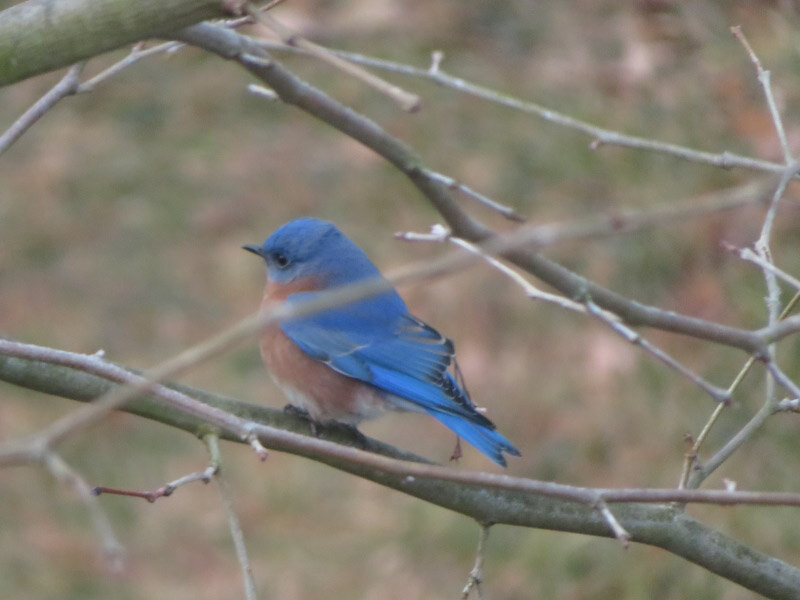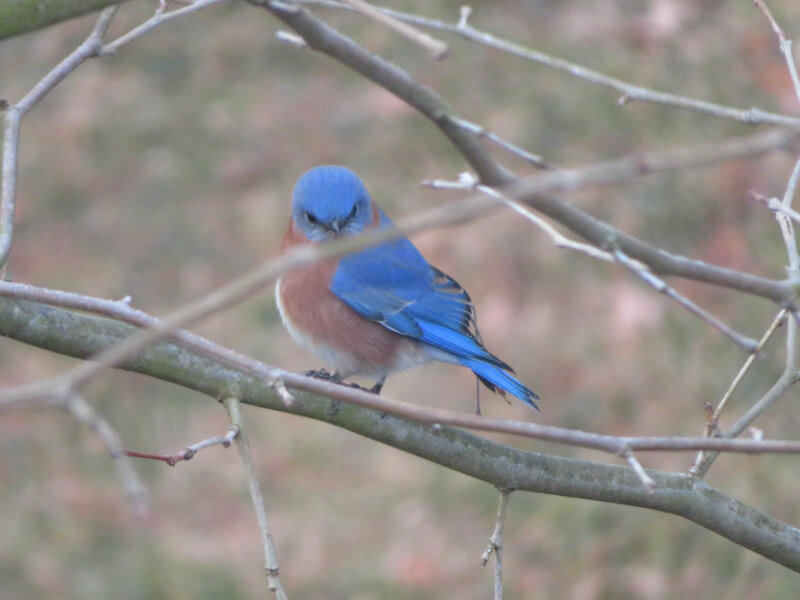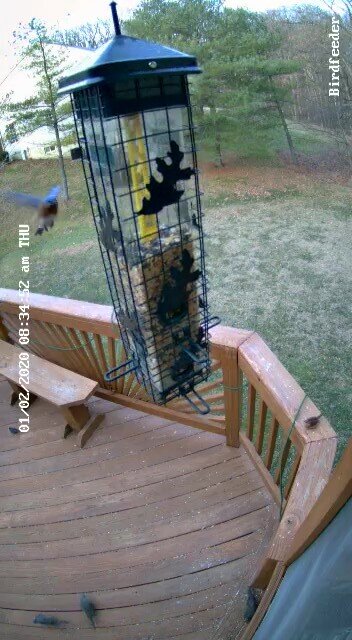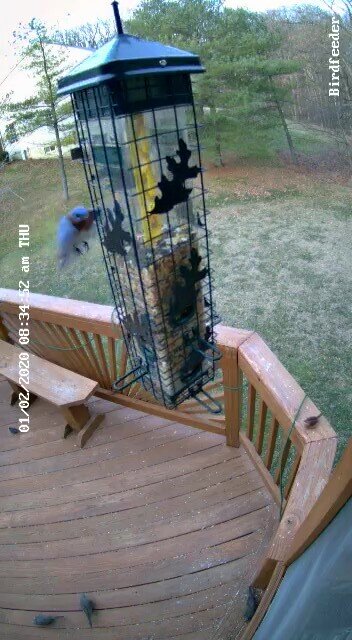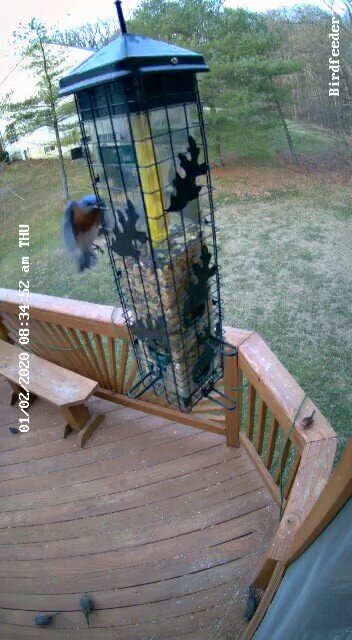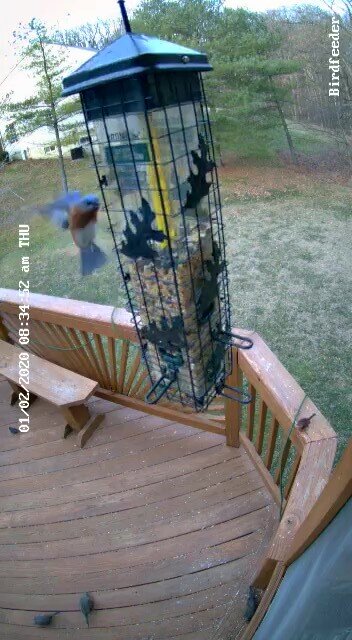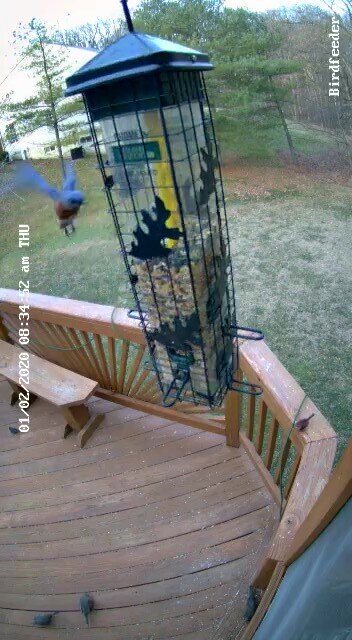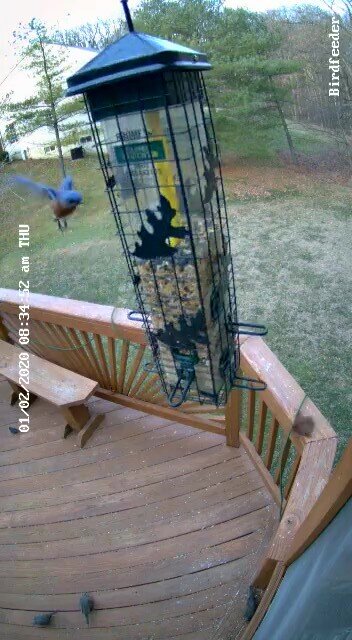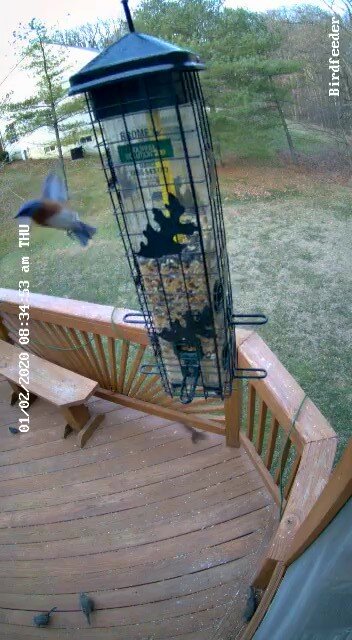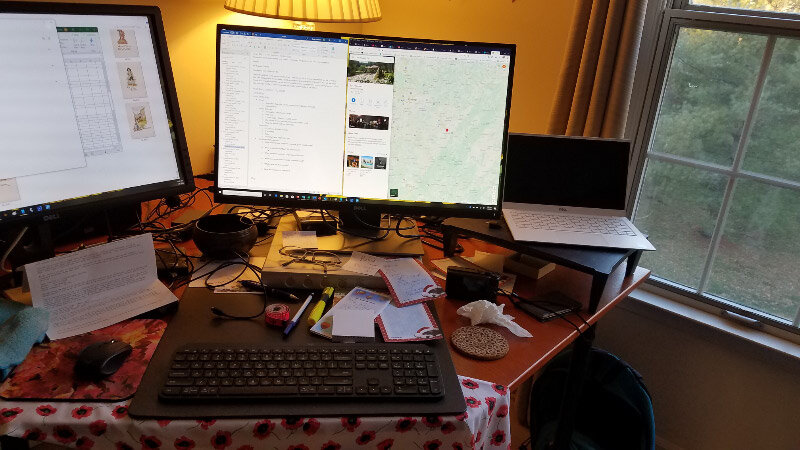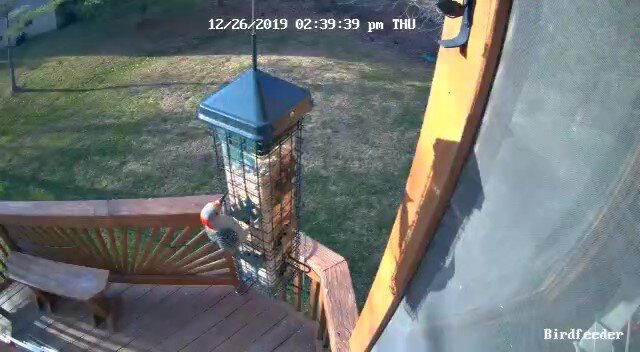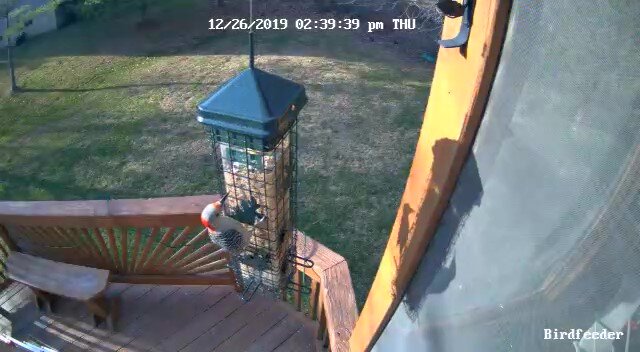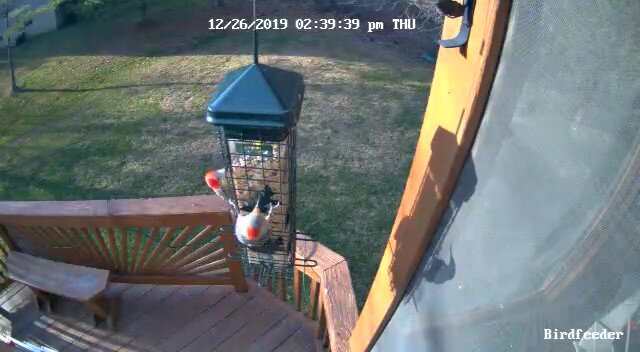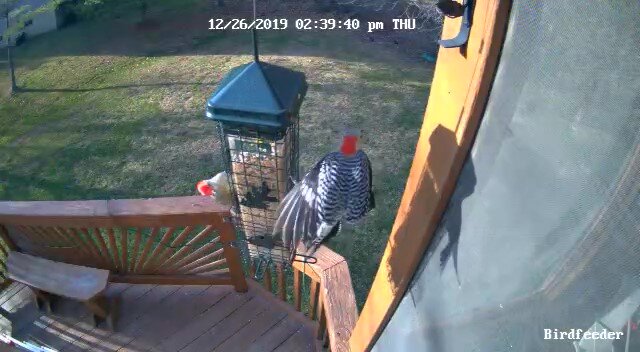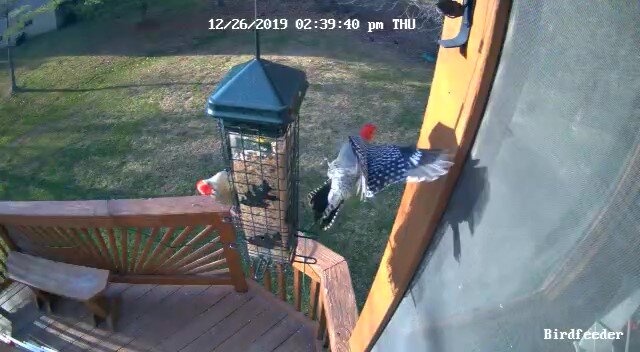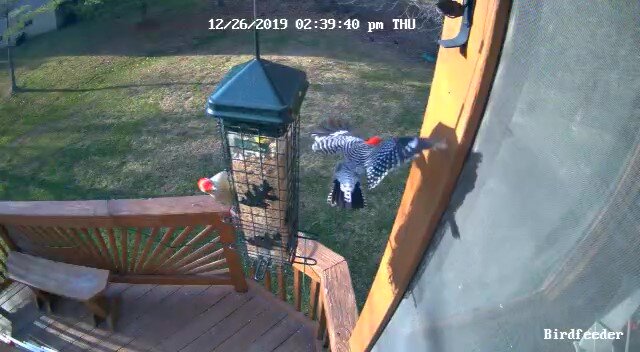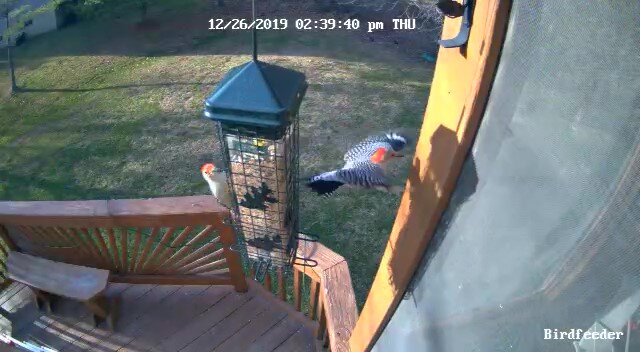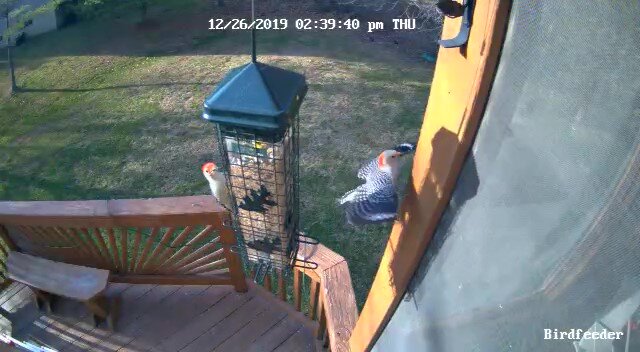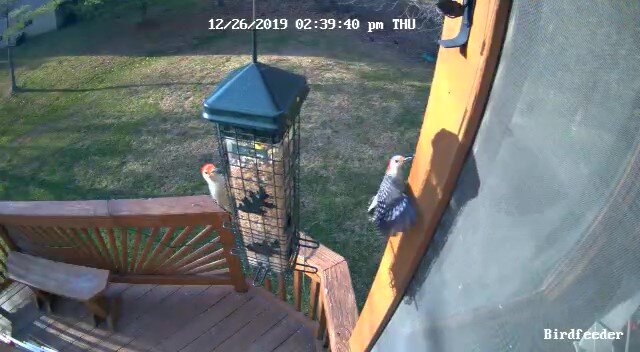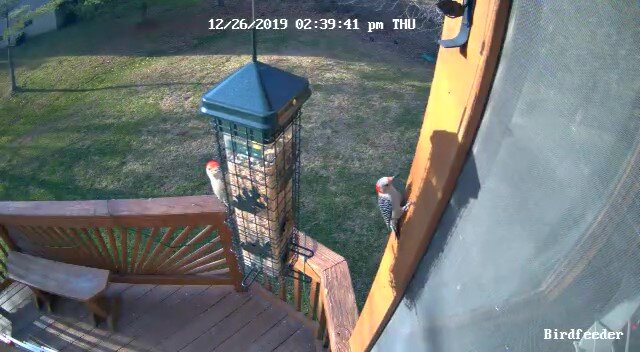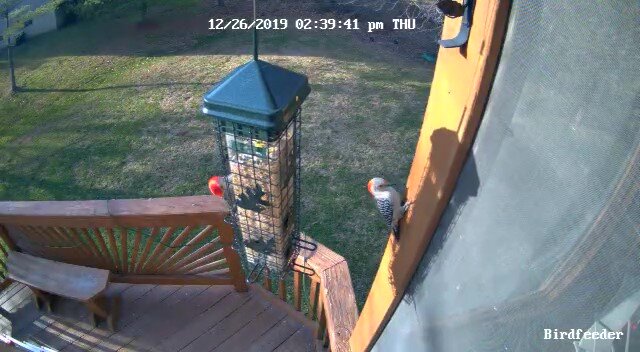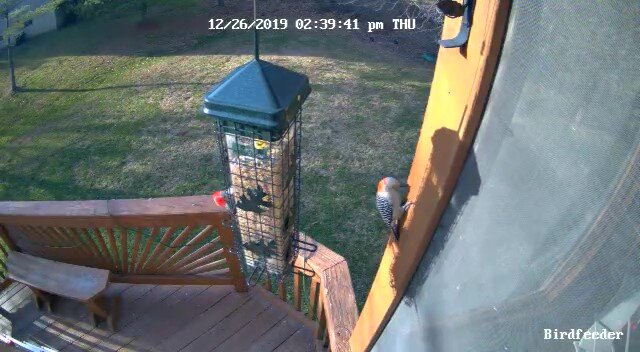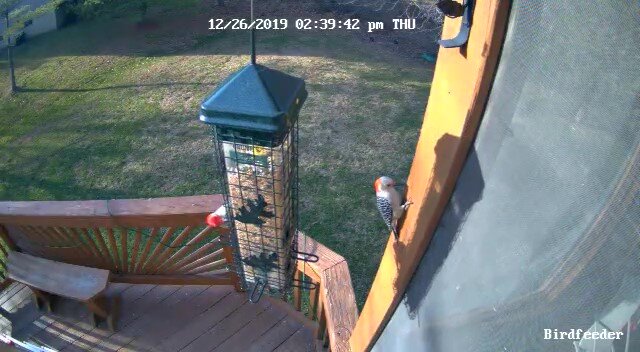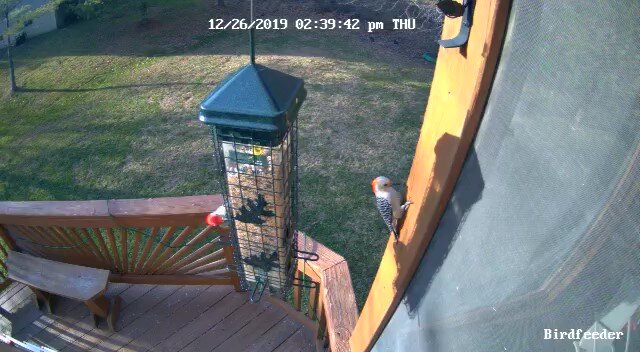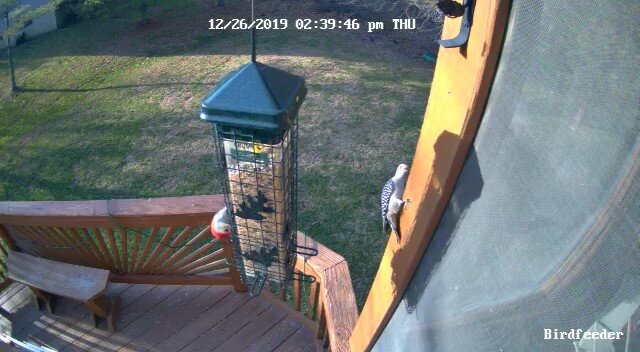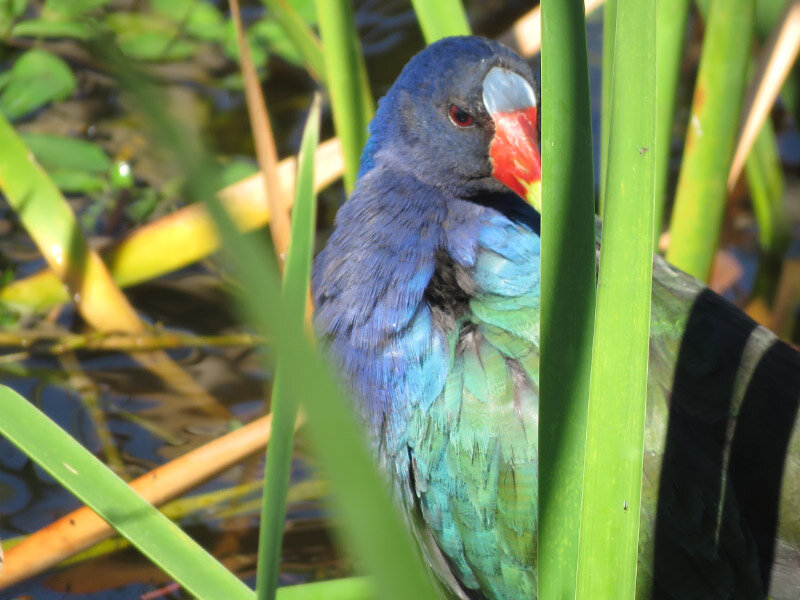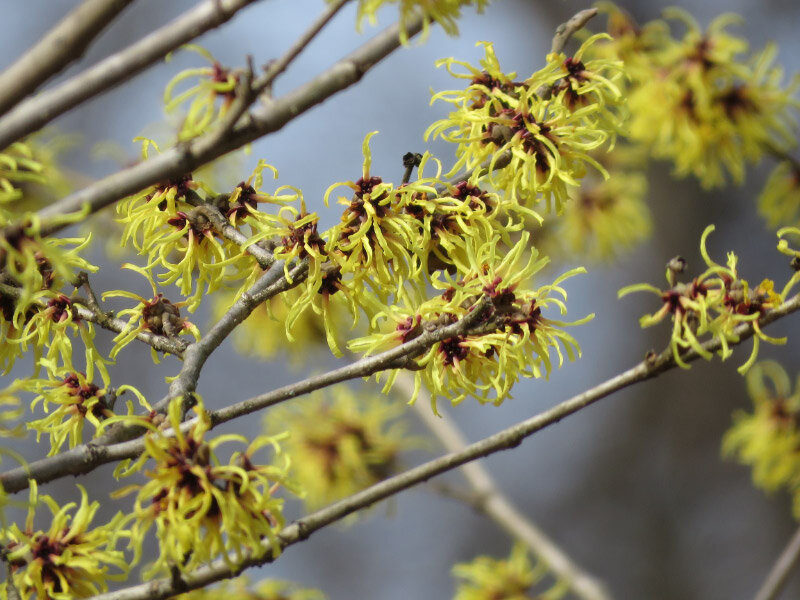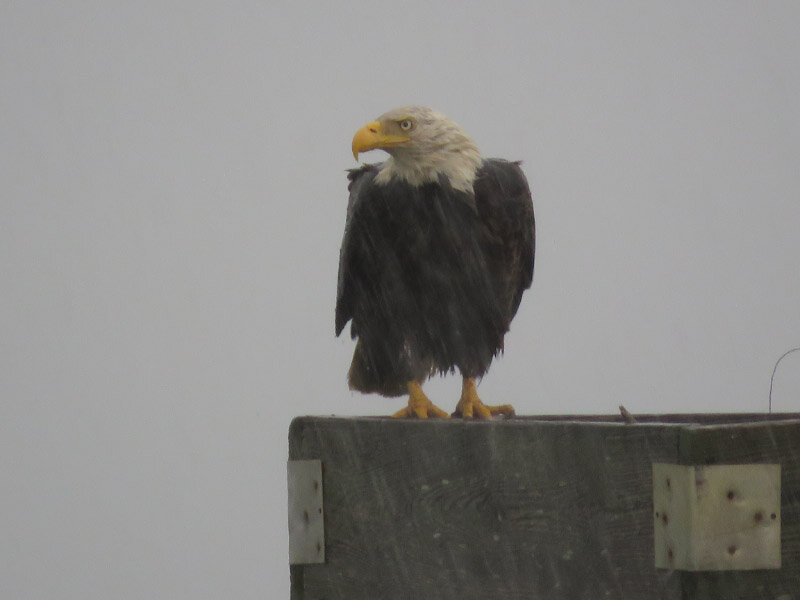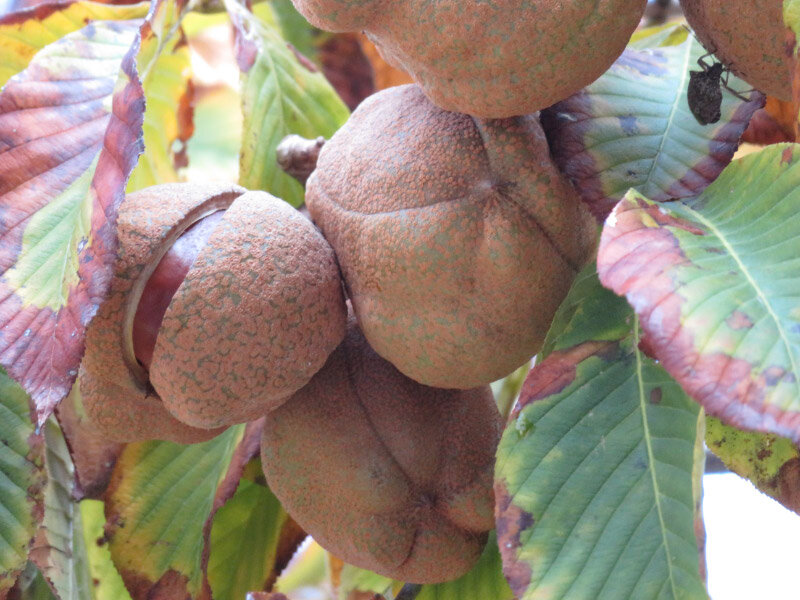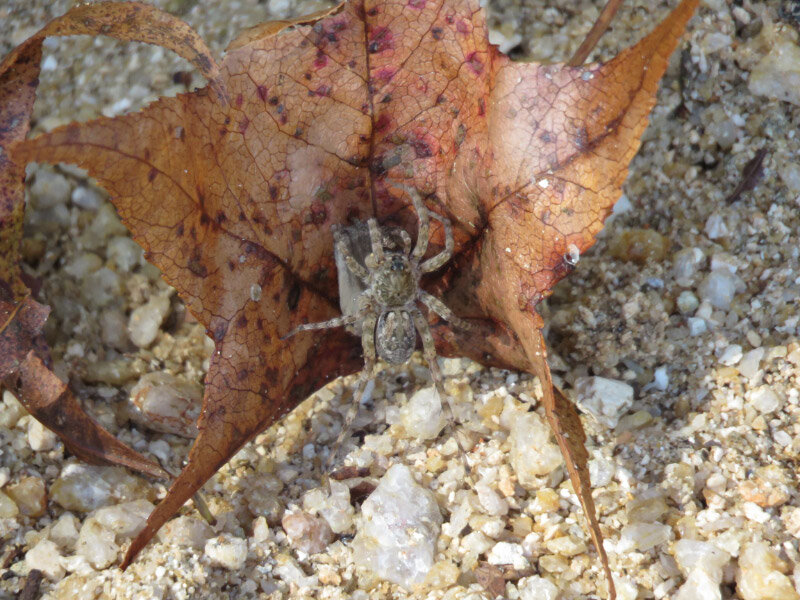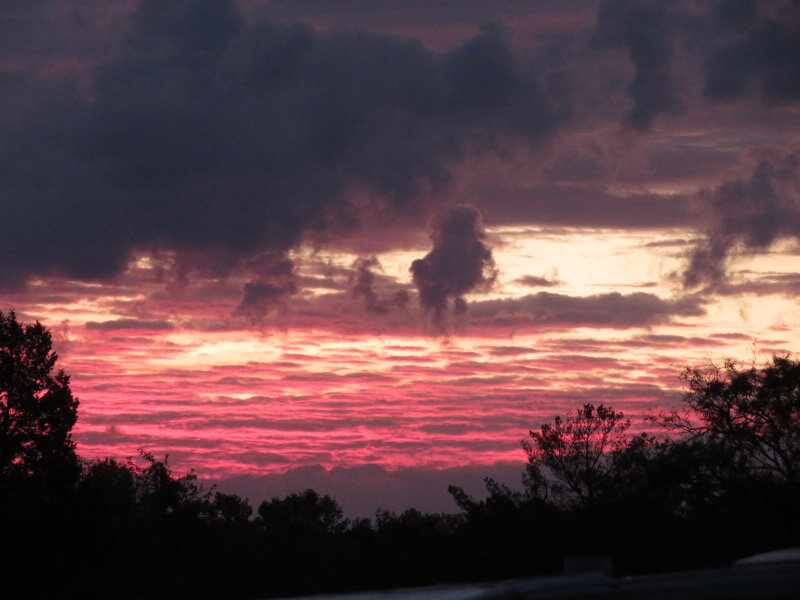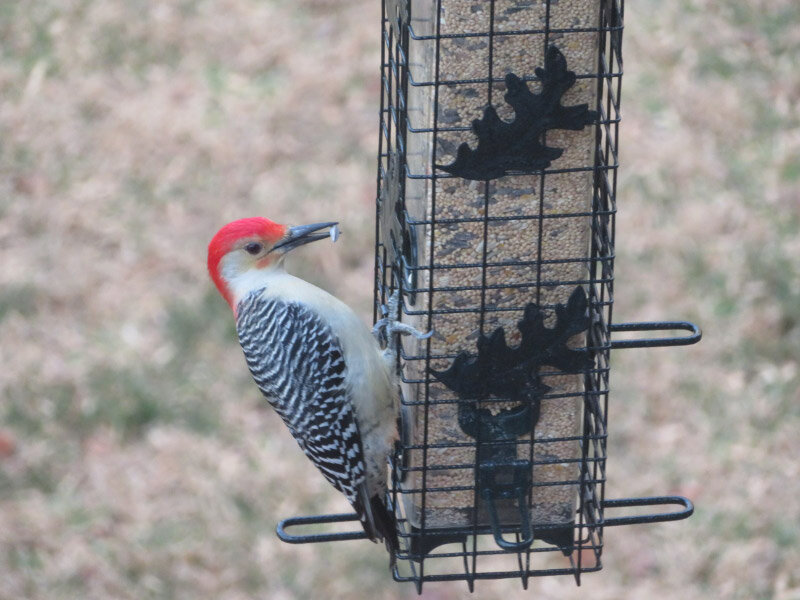Camera on the Birdfeeder – January 2020
/I’ve learned a lot about the birds coming to our birdfeeder this month when I reviewed the videos from our Reolink Argus 2 camera.
The earliest bird at the feeder is a Carolina Wren that was there before sunrise one morning (that’s why the pictures I clipped from the video are in black and white). The wrens pick through the seeds and scatters seed on the ground a lot; I’m not sure which seeds are preferred. We have at least a pair of wrens…and maybe more.
There always seems to be birds at the feeder in the morning. One snowy morning I caught the sun just as it came over the house to light the trees behind our house; a male Northern Cardinal and female finch were at the feeder. Over an hour later, there was a female cardinal and a Dark-eyed Junco on the feeder…with lots of juncos waiting their turn.
There was a female Red-bellied Woodpecker in the middle of another day….and then a male came and that was enough weight that the feeder closed making it very difficult to for either one to get any seed. The female pecked the feeder (frustrated….maybe angry) and flew away leaving the male. That is the last time I saw the male at the feeder. Maybe he’s found food elsewhere (hope he wasn’t found by a hawk), but we still see the female frequently. Watching the red-bellied woodpeckers, they seem to like the bigger seeds: sunflower seeds and peanuts.
I’ve only seen the Downy Woodpecker once on the video (there could have been some instances where it came to the sides of the video not visible to the camera). Otherwise the birds we see are frequent visitors
On the 8th there was a female Northern Cardinal that spent a long time at the feeder. It was a quiet day for birds otherwise. The first time the bird was at the feeder was for over an hour and the second time it was there about 20 minutes. The bird was looking around rather than eating most of the time. It would get a seed from the feeder and then turn around so that it could look around toward the house or back over the yard. The cardinals seem to like all kinds of seeds in the feeder.
I’m still working on the hierarchy of birds at the feeder. Right now, it seems like the red-bellied woodpeckers are the top bird. Most of the other birds leave when they come. The juncos are the ones that hold back….they are at the bottom of the ‘pecking order.’ Next month I’ll work out some more of the hierarchy.


